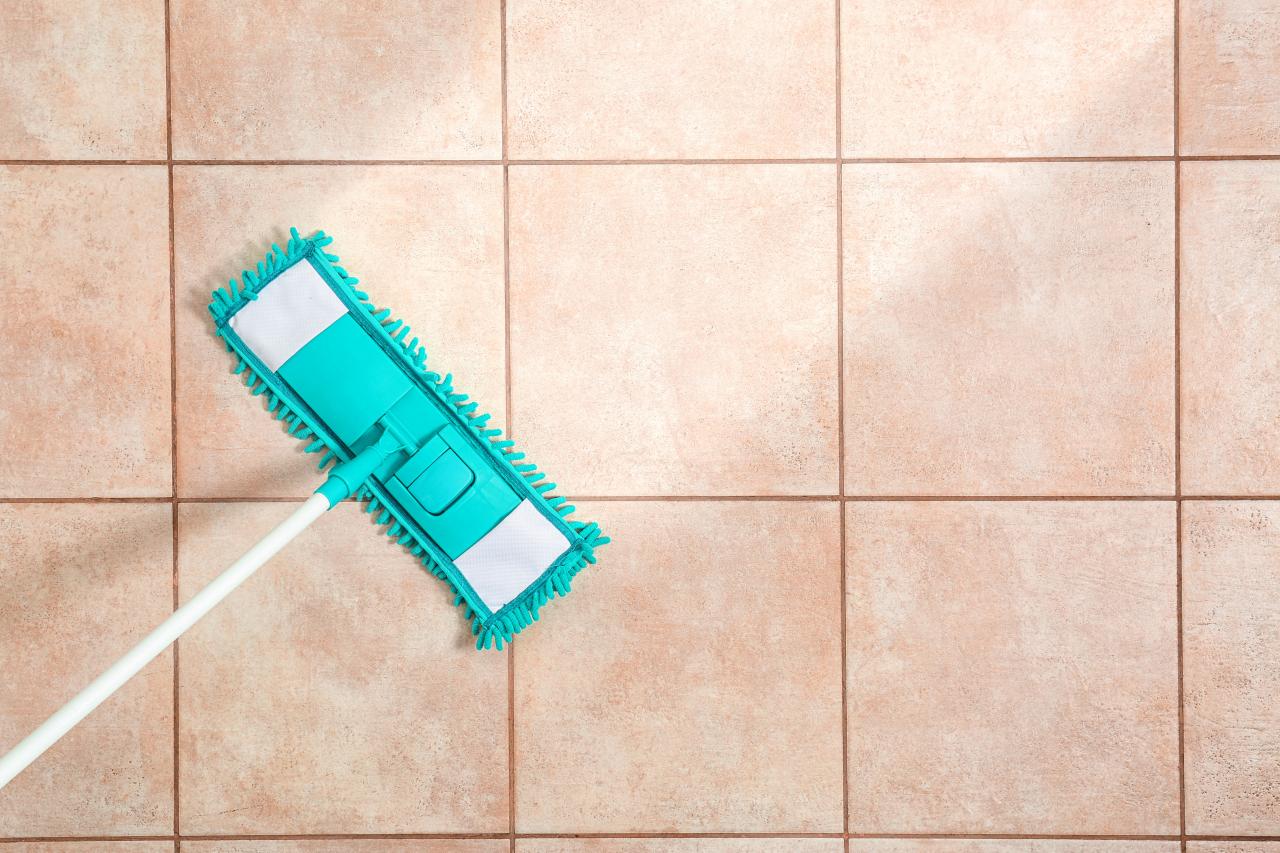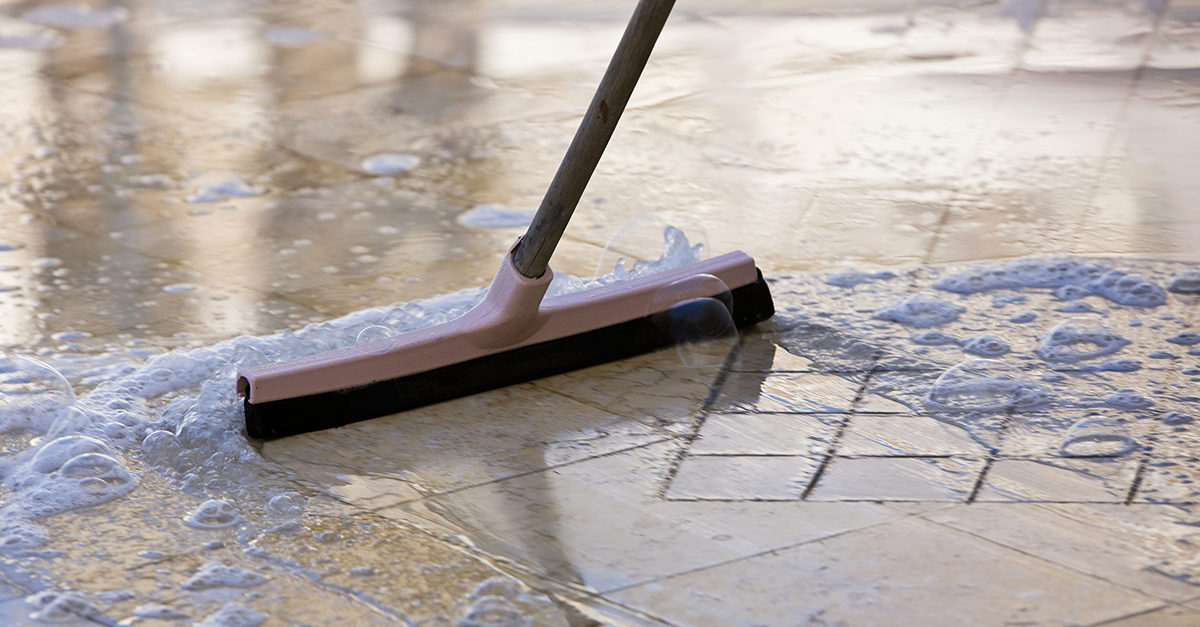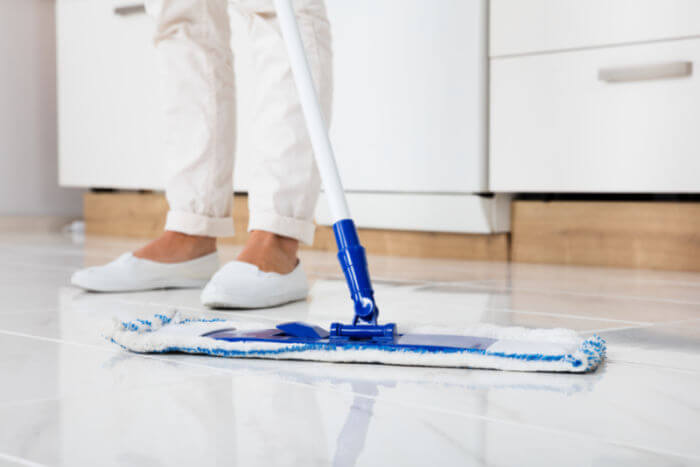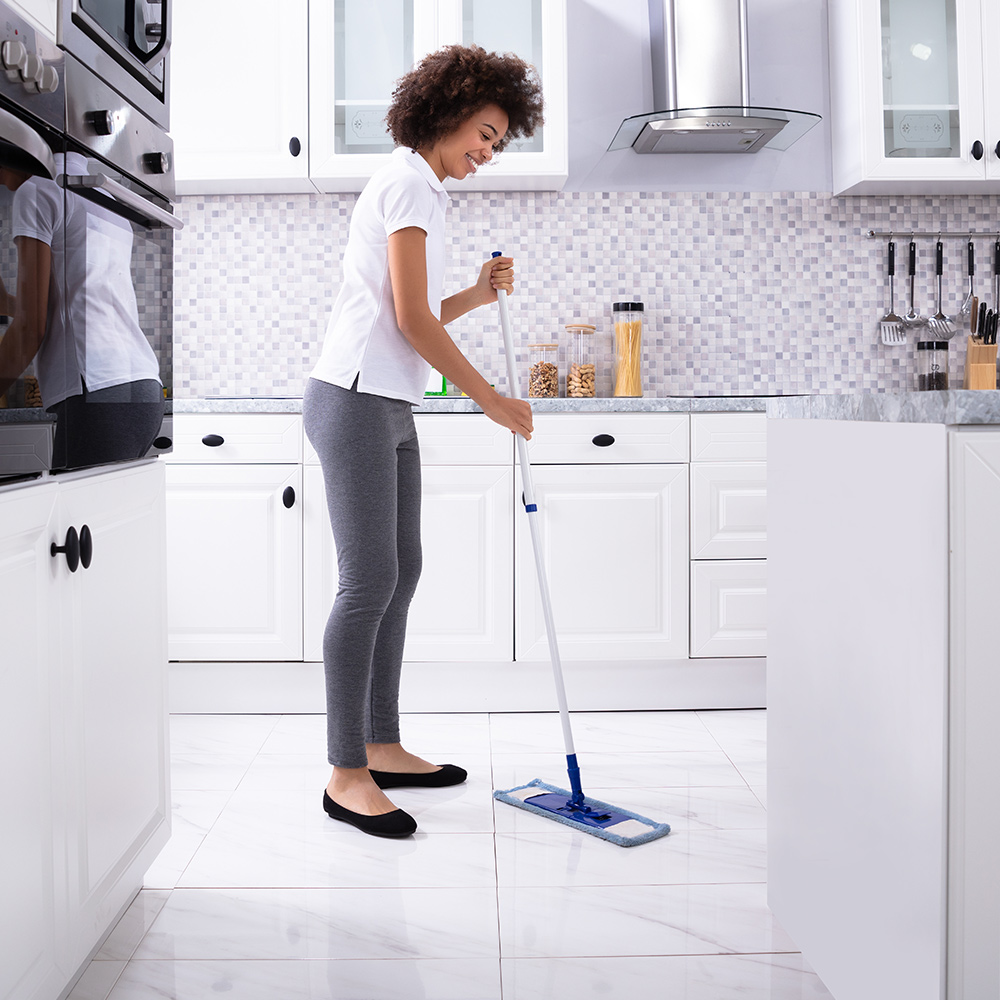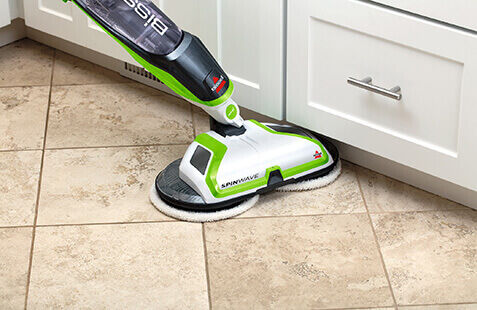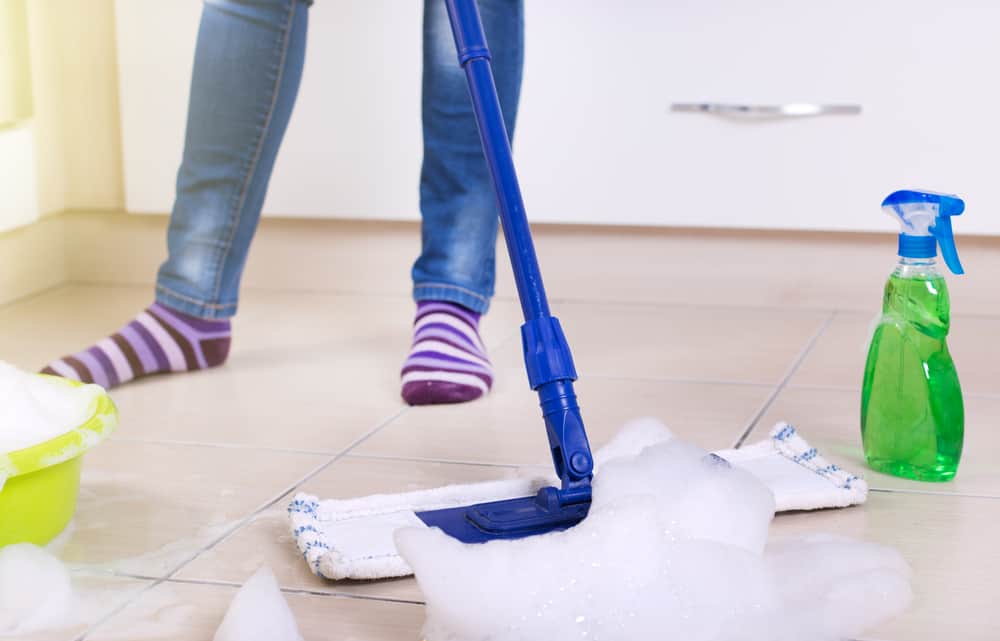Maintaining tile floors involves a combination of routine cleaning, preventative measures, and periodic deep care to keep them looking their best over time. One of the most essential aspects of tile floor maintenance is regular cleaning to prevent dirt, dust, and debris from accumulating. Sweeping or vacuuming tile floors daily helps remove these particles, which can dull the surface and scratch the tiles if left unchecked. Using a microfiber mop or a vacuum with a soft brush attachment ensures that dirt is effectively removed without damaging the tiles. For areas prone to moisture or spills, such as kitchens or bathrooms, it’s recommended to follow up with a damp mop using warm water and a mild detergent designed specifically for tile floors. This routine maintenance will help preserve the shine and cleanliness of the tiles.
Images about Tile Floor Maintenance
Tile Floor Maintenance
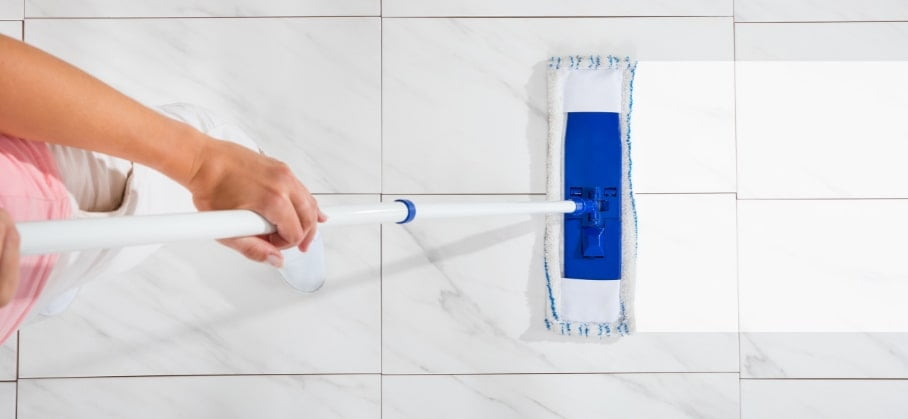
Grout lines, often the most vulnerable part of tile floors, require special attention. Over time, grout can become discolored or stained due to dirt, moisture, or spills. Regularly cleaning the grout with a mild cleaner or a mixture of baking soda and water can help maintain its appearance. For deeper stains, a more concentrated cleaning solution or grout cleaner may be necessary. It’s also essential to reseal grout lines periodically, especially in high-traffic or moisture-prone areas. Sealing grout helps prevent water and dirt from penetrating the porous material, making it easier to clean and preventing mold or mildew growth. This simple maintenance task can significantly extend the life of both the tiles and the grout, keeping your floors looking fresh and clean.

Preventative care is crucial for maintaining the appearance and durability of tile floors. Using floor mats or area rugs at entryways can help reduce the amount of dirt and debris tracked onto the tile surface, minimizing scratches and wear. For kitchens, placing mats in front of sinks or stoves can also protect the tiles from water splashes or dropped utensils. In areas with heavy furniture, adding protective pads under chair and table legs can prevent scratches or chips from occurring when furniture is moved. Additionally, tiles can be sensitive to harsh chemicals, so it’s important to use pH-neutral or tile-specific cleaners. Abrasive cleaners, steel wool, or harsh scouring pads should be avoided, as they can damage the tile’s surface or finish.

For long-term maintenance, periodic deep cleaning of tile floors can restore their original beauty and remove any buildup that routine cleaning might miss. A steam mop or a tile-specific floor scrubber can be used for a thorough cleaning, especially in areas with heavy foot traffic. For tiles with a textured surface or natural stone, which may require more careful maintenance, a professional cleaning service can help ensure that the tiles are properly treated without damage. Natural stone tiles, in particular, often require specialized cleaning agents and techniques due to their porous nature. By incorporating both regular upkeep and occasional deep cleaning into your maintenance routine, you can keep your tile floors looking pristine for years while preserving their functionality and aesthetic appeal.
How to Clean Ceramic Tile Floors
Tile and Stone Floor Maintenance Cleaning & Maintenance
Maintaining and Cleaning Tile Floors How to Clean Tile Modernize
The Best Way to Clean Tile and Grout! – Tile Maintenance Tips Episode 1
How to Clean Tile Floors
Best Way to Clean Tile Floors BISSELL® Tips
Best Tile Floor Cleaner Solutions
Related Posts:
- High Quality Vinyl Tile Flooring
- Gray Wood Look Tile Flooring
- Dining Room Tile Floor Designs
- Budget Tile Flooring
- Cheap Tile Flooring Ideas
- Restore Tile Floor Shine
- How To Clean Tile Floors With Bleach
- Traditional Bathroom Tile Floor
- Natural Ceramic Tile Floor Cleaner
- Bedroom Tile Floor Ideas
Tile Floor Maintenance: Everything You Need To Know
Tile flooring is popular for its durability, ease of maintenance, and attractive appearance. While tile floors are easy to keep clean, they also require regular maintenance. This article will provide an overview of how to properly care for your tile floors, from cleaning tips to preventative maintenance. We’ll also answer some common questions about tile floor maintenance.
Cleaning Tile Floors
Keeping your tile floors clean is essential for their longevity. Here are some tips for cleaning tile floors:
• Vacuum or sweep regularly to remove dirt and debris from the surface.
• Mop the floor with a mild cleaning solution and warm water.
• For deep cleaning, use a mixture of vinegar and warm water, or a gentle floor cleaner.
• Avoid abrasive cleaners that can scratch or damage the tiles.
• If you have grout lines, use a brush to scrub away stubborn stains.
• Rinse the floor with clean water after mopping and allow to dry completely.
Preventative Maintenance
Regular preventative maintenance can help keep your tile floors looking their best. Here are some tips for preventative maintenance:
• Place doormats at the entrances of your home to reduce the amount of dirt and debris entering the space.
• Place floor mats near sinks and areas of high traffic to protect your tile from scuffing or scratching.
• Place furniture protectors on the feet of chairs and tables to avoid scratching the tiles.
• Avoid using harsh chemicals or abrasive cleaners which can damage the tiles.
• Regularly seal grout lines to help protect them from staining and damage.
• If you’re using a steam mop, be sure not to leave too much moisture on your floors which can lead to warping or discoloration.
• Wipe up spills as quickly as possible to avoid staining or discoloration.
How often should I clean my tile floors?
For general cleaning, it’s recommended to sweep or vacuum your tile floors at least once a week, and mop them every two weeks or so with a mild cleaning solution. For deeper cleaning, you can mop them with a vinegar and water solution once every month or two. You should also seal your grout lines every 3-4 months for extra protection against staining or discoloration.
What should I do if my tile floors get stained?
Depending on the type of stain, you can try using club soda, baking soda, hydrogen peroxide, or even nail polish remover (for paint stains). Be sure to test any cleaner in an inconspicuous area before using it on your entire floor. If all else fails, contact a professional tile cleaner for help removing tough stains.
Can I use a steam mop to clean my tile floors?
Yes, you can use a steam mop on your tile floors as long as it doesn’t leave too much moisture on the surface which could lead to warping or discoloration over time. It’s generally recommended to steam mop no more than once a week with plain water only; avoid using any chemical cleaners in your steam mop as they can damage the tiles and grout lines over time.
Is it necessary to seal grout lines?
Yes, it’s important to periodically seal your grout lines to protect them from staining and discoloration over time. Sealing will also make it easier to clean your grout lines when necessary; all you need is some warm water, a brush, and some elbow grease!

